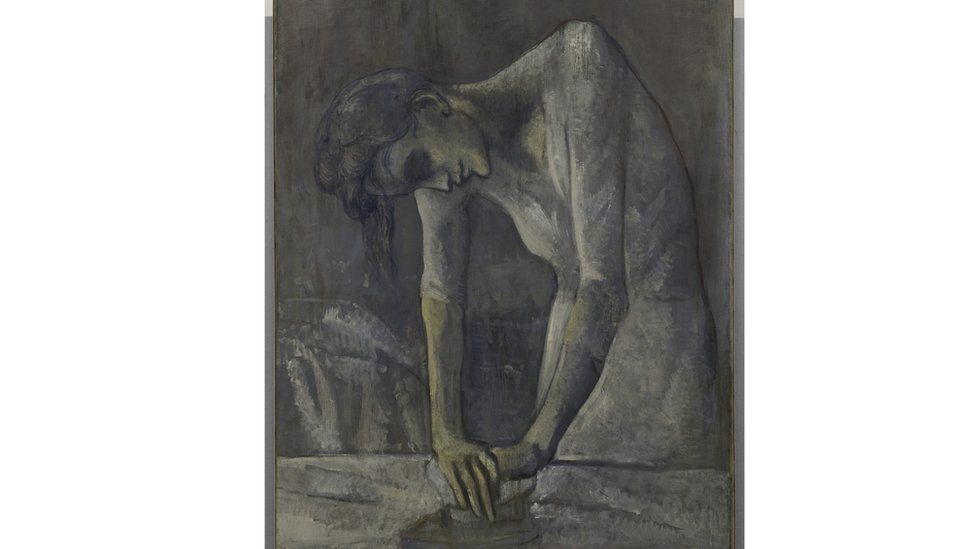They sold a Picasso to escape the Nazis, but their heirs now want it back
Karl and Rosi Adler escaped Nazi Germany for then-unoccupied Europe in 1938, afraid for their lives amid escalating Jewish persecution.
They sold one of their prized treasures, a 1904 artwork by Pablo Picasso titled Woman Ironing, to pay for their short-term visas.
The Solomon R. Guggenheim Museum in New York City subsequently acquired that picture.
The Adlers’ heirs now want the picture returned.
“Adler would not have sold the picture at the time and price that he did if it had not been for the Nazi persecution to which he and his family had been, and would continue to be, exposed,” the heirs’ lawyers stated in a case file last week in a New York City court.
The action also names other Jewish organisations and non-profits as co-plaintiffs.
The painting was purchase in 1916 by Heinrich Thannhauser, a Jewish gallery owner in Munich.
When the Adlers departed Germany, they sold the picture to Thannhauser’s son, Justin, who had already gone for Paris, for $1,552 (about $32,669 now, or £26,417).
According to the lawsuit, the sum was substantially below market value; just six years prior, Adler had offered the artwork for around $14,000 but decided not to sell it.
Thannhauser insured the painting for $20,000 shortly after purchasing it.
When Thannhauser died, he left the Guggenheim Museum, his extensive art collection, which included Woman Ironing. Before his death, the Guggenheim reached out to Eric Adler, the son of Karl and Rosi, as part of its research process to validate the painting’s origin, the museum said in a statement to the BBC.
According to the statement, Mr Adler “confirmed the dates of his father’s possession and did not raise any issues about the picture or its sale to Justin Thannhauser,” adding the museum has already recognised the elder Adler’s previous ownership.
The picture had remained in the collection to this day, unchallenged by Adler descendants for decades, until 2014, when Carlota, the grandson of one of the Adlers’ other children, learnt about his family’s history with the painting.
For several years, lawyers for the Adler heirs and the Guggenheim fought about who owned the painting, culminating in this litigation.
Guggenheim told the BBC that they “take provenance matters and restitution claims extremely seriously” but “believes the claim to be without substance”.
What to do with Nazi-era German artworks sold or loot has long been a source of anxiety. Jews and others fleeing persecution were force to sell assets, including priceless works of art. Others had their artwork stolen outright.
In 1998, 44 governments sign the Washington Principles on Nazi-Confiscated Art, which declares that “measures should take swiftly to establish a just and fair conclusion, realising this may vary according to the facts and circumstances surrounding an individual instance”.
Woman Ironing, on the other hand, should not labelled Nazi-Confiscated Art, according to the Guggenheim.
The picture was sold after the Adlers had fled Germany, to a Jewish art buyer who was not a member of the Nazi Party, according to the museum.



